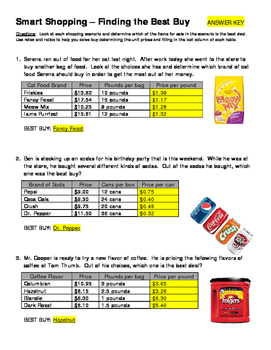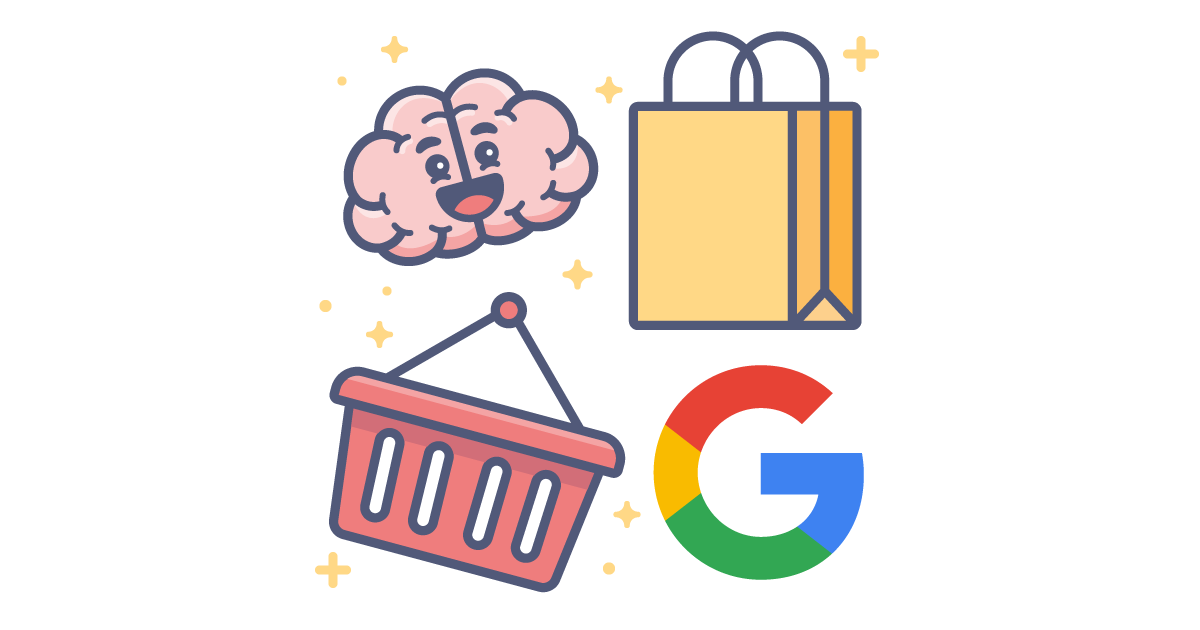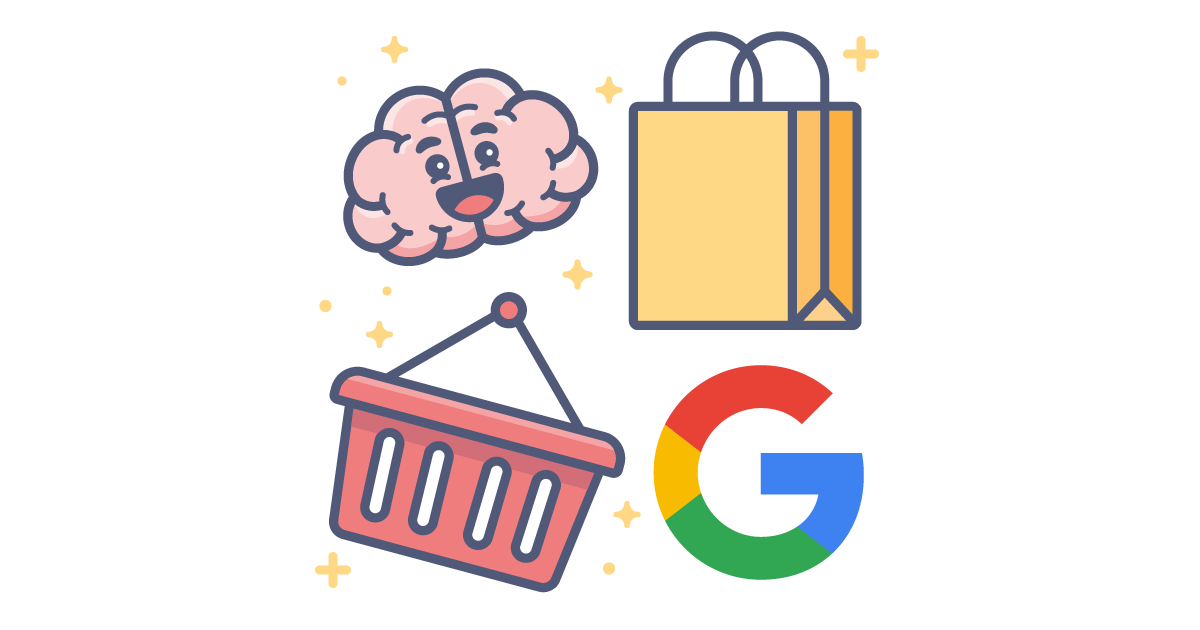Smart Shopping: How To Get The Best Deals
Welcome to “Smart Shopping: How to Get the Best Deals!” In this article, you’ll uncover practical tips and strategies that will transform you into a savvy shopper capable of scoring the best bargains. Whether you’re looking to save on everyday essentials or snag a special splurge at a discount, you’ll find expert advice on everything from timing your purchases to using digital tools. By the end, you’ll be equipped with the knowledge to make financially wise shopping decisions, ensuring you get the most bang for your buck every time you shop.
Smart Shopping: How To Get The Best Deals
Have you ever found yourself wondering how to make your money stretch further while shopping? You’re not alone. Getting more bang for your buck without compromising on quality is something everyone aims for. Luckily, there are numerous strategies you can utilize to become a savvy shopper. Whether you’re shopping online or in-store, the tips and tricks we’re about to dive into are designed to save you money and time.

The Power of Research
Before you even start shopping, it’s crucial to do a little homework. Research can help you understand what you want, where to find it, and how much you should pay for it.
Compare Prices
Comparison shopping is one of the most effective ways to ensure you’re getting the best deal. Never settle for the first price you come across.
Benefits of price comparison:
- Saves Money: You might find the same product at a significantly lower price elsewhere.
- Informed Decisions: Get a better understanding of the product range and features.
| Store | Price of Item A | Shipping Cost | Total Cost |
|---|---|---|---|
| Store 1 | $50 | $0 | $50 |
| Store 2 | $45 | $5 | $50 |
| Store 3 | $55 | $0 | $55 |
Read Reviews
Customer reviews provide real-life insights into a product’s quality and performance. They can also help you avoid potential regrets.
How to use reviews effectively:
- Focus on Detailed Reviews: Look for reviews that provide specific details about the product.
- Check Ratings: High overall ratings generally indicate a trustworthy product.
- Look for Patterns: If multiple reviews mention the same issue, it’s likely a real problem.
Timing Your Purchases
When you buy can be just as important as where you buy. There are peak seasons and times when items typically go on sale.
Seasonal Sales
Seasonal sales, such as Black Friday, Cyber Monday, and end-of-season sales, offer great opportunities for big discounts.
Key seasonal sales to note:
- Black Friday: The Friday after Thanksgiving.
- Cyber Monday: The Monday following Black Friday.
- End of Season Sales: Typically at the end of winter and summer.
Daily and Weekly Deals
Many stores offer daily deals or weekly specials. Keeping an eye on these can yield substantial savings.
Common deal types:
- Flash Sales: Limited-time offers that usually last for a few hours to a day.
- Weekend Deals: Special discounts available over the weekend.
Coupons and Promo Codes
Don’t underestimate the power of a good coupon. Coupons and promo codes can save you a significant amount of money when shopping.
Where to Find Coupons
Coupons and promo codes can be found in several places:
- Retailer Websites: Many stores offer exclusive coupons right on their official sites.
- Coupon Websites: Websites like RetailMeNot and Honey compile lists of current coupons and promo codes.
- Email Newsletters: Subscribing to brand newsletters can land you some valuable discounts.
How to Use Promo Codes
Applying promo codes is usually straightforward but can sometimes be tricky. Make sure to:
- Read the Terms and Conditions: Some promo codes may have restrictions or expire quickly.
- Enter the Code at Checkout: Most online stores will have a designated field where you can input your promo code.
Loyalty Programs
Loyalty programs are designed to reward repeat customers. They often come with perks such as discounts, early access to sales, and exclusive offers.
Types of Loyalty Programs
There are two main types of loyalty programs:
- Points-Based Programs: Earn points for every purchase, which can be redeemed later.
- Tiers-Based Programs: Receive better rewards as you spend more or reach certain milestones.
Comparison of Loyalty Programs:
| Program Type | Examples | Benefits |
|---|---|---|
| Points-Based | Sephora Beauty Insider | Earn points per dollar spent, redeemable for products |
| Tiers-Based | Amazon Prime, Starbucks Rewards | Access to exclusive benefits, free shipping, and VIP customer service |
Should You Join?
While loyalty programs can offer savings, they’re only worth joining if you shop at the store frequently. Assess your shopping habits to determine if the program will benefit you.

Using Cashback Services
Cashback services allow you to earn a percentage of your purchase back in cash, effectively giving you a discount on your buys.
Popular Cashback Websites
- Rakuten: Offers cashback on a wide range of online stores.
- Swagbucks: Earn cashback and rewards for shopping, watching videos, and taking surveys.
- BeFrugal: Known for having high cashback rates.
How Cashback Works
When you shop through a cashback website:
- Create an Account: Sign up for free on a cashback site.
- Find the Store: Search for the store you want to shop at.
- Shop Through the Link: Click on the store link to start shopping. The cashback site tracks your purchase.
- Earn Cashback: After your purchase is confirmed, the cashback will appear in your account.
Negotiating Prices
Never underestimate the power of negotiation. While haggling may seem out of place in some settings, in others, it can be a game-changer.
When to Negotiate
Negotiation is more common in certain types of shopping environments:
- Flea Markets and Craft Fairs: Prices are often flexible.
- Big-Ticket Items: Furniture and electronics stores sometimes have room for negotiation, especially if you’re buying multiple items.
How to Negotiate
Effective negotiation involves a mix of preparation and strategy. Here are some tips:
- Do Your Homework: Know the market price of the item.
- Be Polite: A friendly demeanor can go a long way.
- Bundle Purchases: Offer to buy multiple items for a discount.
- Be Ready to Walk Away: Sometimes the best tactic is to be willing to leave if you can’t get the price you want.

Buying in Bulk
Buying items in bulk can save you money in the long run. It’s particularly effective for non-perishable goods like household supplies.
Benefits of Buying in Bulk
- Lower Unit Price: Generally, the more you buy, the less expensive each unit is.
- Less Frequent Shopping: Fewer trips to the store mean less time and fuel expense.
Example of Bulk Savings:
| Item | Price (Single) | Price (Bulk) | Savings per Unit |
|---|---|---|---|
| Toilet Paper | $1 per roll | $0.75 per roll in a pack of 24 | $0.25 |
Is Bulk Buying Right for You?
Before diving into bulk purchases, consider these factors:
- Storage Space: Ensure you have enough room to store bulk items.
- Consumption Rate: Buy in bulk only if you use the items frequently.
Utilizing Apps for Smart Shopping
In the age of smartphones, various apps can help you save money when shopping.
Money-Saving Apps
- Honey: Automatically finds and applies promo codes at checkout.
- Ibotta: Redeem cash back on grocery and retail purchases.
- ShopSavvy: Barcode scanner that helps you compare prices.
How Shopping Apps Work
Most shopping apps:
- Scan Prices: Use barcodes or search functions to compare prices.
- Apply Discounts: Automatically apply available coupons or promo codes.
- Offer Cashback: Let you earn cashback on purchases.
Features to Look For
When choosing a shopping app, consider these features:
- User-Friendly Interface: Easy navigation and use.
- Wide Range of Stores: Partnerships with multiple retailers.
- Reliable Discounts: Offers that are guaranteed to work.

Understanding Store Return Policies
Return policies can save you from buyer’s remorse. Know the terms before making a purchase to avoid getting stuck with an unsuitable product.
Key Elements of Return Policies
- Time Frame: How long you have to return the item.
- Condition Requirements: Whether the item must be unused or in original packaging.
- Restocking Fees: Some stores may charge a fee for returns.
Comparing Return Policies:
| Store | Return Time Frame | Condition Requirement | Restocking Fees |
|---|---|---|---|
| Store A | 30 days | Original packaging | No |
| Store B | 14 days | Unused | Yes, $10 |
| Store C | 60 days | Any condition | No |
Best Practices
- Keep Receipts: Always keep your receipts or order confirmations.
- Know the Process: Understand the return process, whether in-store or online.
- Check Before You Buy: Verify the return policy before making significant purchases.
Becoming an Outlet Shopper
Outlet stores offer brand-name and designer products at discounted prices. However, not all outlet deals are created equal.
Benefits of Outlet Shopping
- Discounted Prices: Lower prices compared to regular retail stores.
- Brand Names: Access to high-end brands at reduced costs.
Tips for Outlet Shopping
- Inspect Products: Some products might be discounted due to minor flaws.
- Understand Markdowns: Knowing the difference between factory seconds, refurbished items, and clearance can help you gauge value.

Shopping During Off-Peak Times
Shopping during off-peak times can yield several advantages, including better customer service and more relaxed browsing.
When Are Off-Peak Times?
- Weekday Mornings: Fewer people shop during these hours.
- Late Evenings: Another quiet time to shop.
- Post-Holiday: Right after major holidays can also be less crowded and loaded with discounts.
Advantages of Off-Peak Shopping
- Better Service: Store staff have more time to assist you.
- Easier Browsing: Less crowded aisles make shopping more pleasant.
- Potential Discounts: Stores may offer deals to attract customers during these slow periods.
Using Layaway Plans
Layaway plans let you pay for items over time, making shopping for big-ticket items more manageable.
How Layaway Works
- Select Item: Pick the item you want to purchase.
- Make Down Payment: Pay a percentage upfront to hold the item.
- Pay Over Time: Make regular payments until the item is paid off.
- Receive Item: Once fully paid, you can take the item home.
Pros and Cons of Layaway
| Pros | Cons |
|---|---|
| No Interest Fees | Requires regular payments |
| Secures Items Before Sold Out | May have service fees |
| Good for Budgeting | Items not immediately available |
Avoiding Impulse Buys
Impulse buying can derail your budget and fill your home with things you don’t need. Here are some strategies to avoid unnecessary purchases.
Tips to Avoid Impulse Buying
- Make a List: Stick to what you actually need.
- Set a Budget: Have a clear spending limit.
- Take a Pause: Wait 24 hours before making unplanned purchases.
The Psychology of Impulse Buys
Understanding why you make impulse buys can help you control the urge. Stores use various techniques to encourage impulse buying, like placing tempting items near the checkout.
Common Impulse Buying Triggers:
- Emotional Shopping: Buying to make yourself feel better.
- Limited-Time Offers: Fear of missing out on a deal.
- Store Layout: Items placed in high-traffic areas.
Bundling Products
Bundling products or services can also save you money. Retailers often offer discounts when you buy multiple items together.
Types of Bundling
- Basic Bundling: Simple combination of two or more products sold at a reduced price.
- Custom Bundling: Choose a selection of items to bundle and receive a discount.
Example of Bundling Savings:
| Product Bundle | Individual Item Costs | Bundle Price | Total Saving |
|---|---|---|---|
| Shampoo + Conditioner | $10 + $10 | $17 | $3 |
| Laptop + Software | $1000 + $100 | $1050 | $50 |
| Camera + Lens | $500 + $200 | $650 | $50 |
Is Bundling Right for You?
Bundling is beneficial if you were planning to buy the bundled items anyway. Otherwise, you might end up spending more on things you don’t need.
Negotiating for Bulk Services
Don’t limit your negotiation skills to products. Services like internet, cable, and mobile plans often have some wiggle room, too.
How to Negotiate Service Rates
- Know Your Current Plan: Be aware of what you’re paying and what it includes.
- Research Competitors: Use competitor rates as leverage.
- Ask for Promotions: Inquire if there are any ongoing promotions.
Example of Savings:
| Service Type | Old Rate | Negotiated Rate | Annual Savings |
|---|---|---|---|
| Internet | $60/month | $50/month | $120 |
| Cable | $80/month | $65/month | $180 |
| Mobile Plan | $40/month | $35/month | $60 |
Using Price Matching
Many retailers offer price matching policies where they match or beat a competitor’s price for the same item.
How Price Matching Works
- Find a Lower Price: Locate a lower price from a competitor.
- Verify the Offer: Ensure the product is identical and the competitor’s price is current.
- Request a Price Match: Show the proof to the retailer and ask for the price match.
Example:
| Product | Retailer Price | Competitor Price | Matched Price |
|---|---|---|---|
| Blender | $100 | $90 | $90 |
| Headphones | $50 | $45 | $45 |
| Vacuum Cleaner | $200 | $150 | $150 |
Tips for Success
- Bring Proof: Have the competitor’s ad or website ready.
- Know the Policy: Each retailer has specific terms and conditions.
- Be Polite: Courteous interactions often yield better outcomes.
Shopping Strategically
Smart shopping is all about strategy. If you plan and use the right tools and tactics, you’re far less likely to overspend and far more likely to get great deals.
Making a Shopping Plan
- Set Goals: Decide what you need and set specific goals.
- Create a Budget: Stick to it to avoid overspending.
- Prioritize Purchases: Determine what you need immediately and what can wait.
Staying Disciplined
The final step to mastering smart shopping is discipline. Make a conscious effort to stick to your plans, use your newfound knowledge, and keep your finances in check.
Conclusion
Becoming a smart shopper doesn’t happen overnight, but with these strategies at your disposal, you’re well on your way. From researching prices and reading reviews to utilizing coupons, cashback, and loyalty programs, each of these tips can help you get the best deals out there. Remember, a little preparation and smart thinking can go a long way in making your shopping experience not only economical but also satisfying. Happy smart shopping!
